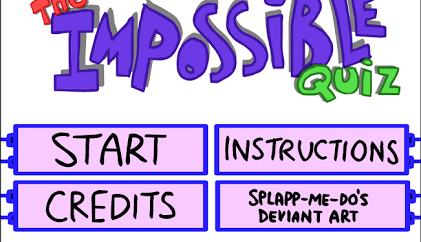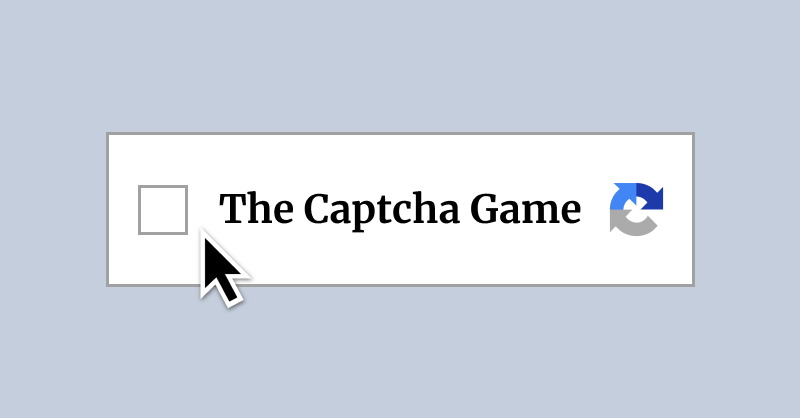Keep Harvey on protocol while the ledger watches
Keep exploring
Continue your Poly Track hot lap streak with more custom circuits, speed trials, and tuning guides.

Dino Game

The Impossible Quiz

Smash Karts

Take Care of Your Own Hollyberry

Fireboy and Watergirl: Elements

Fireboy and Watergirl: Fairy Tales

The Captcha Game

Fireboy and Watergirl: Forest Temple

Cat and Granny

Pips NYT
What is BLOODMONEY2?
Enter BLOODMONEY2 and manage a life under audit
BLOODMONEY2 is a pixelated simulation about keeping routines intact when every routine is quietly scored. You supervise Harvey inside a sterile facility, guiding his meals, hygiene, rest, and emotional upkeep while invisible officials evaluate your methods. The premise is simple—keep a human comfortable and functional—but the system’s appetite for metrics makes even small acts feel consequential. In BLOODMONEY2, brushing teeth is never just brushing teeth; it is a datapoint in a hidden ledger that follows Harvey and your decisions from scene to scene.
Daily care loops that learn from you
Each session of BLOODMONEY2 unfolds in compact cycles that focus on five approachable micro-games. You might chop ingredients and cook a meal without burning the pan. You might sort bills and receipts to keep the finances steady. You might guide a toothbrush at the correct angle so plaque doesn’t accumulate. You might tidy a room, regulate lights, or adjust water temperature for a restorative shower. None of these actions require complex inputs—simple mouse movement and timing are enough—but BLOODMONEY2 remembers how you perform them. The cleaner and calmer your loop, the more the program shifts its expectations. If you rush, cut corners, or neglect comfort, the next cycle may respond with strained dialogue, colder lighting, or a report that hints you are missing the point.
What sets BLOODMONEY2 apart is how it reframes care into measurable compliance. Compassion counts, but so do speed and standardization. You are never told the exact formula, and that ambiguity is the core tension. Feed Harvey a hearty meal and you might earn warmth in his voice, but you might also fail an efficiency benchmark. Deliver a bland, fast plate and the spreadsheet may smile, yet a different meter dips. Over many cycles, BLOODMONEY2 nudges you to test boundaries: how gentle can you be while still satisfying a machine that values throughput?
The silent ledger and the changing report
BLOODMONEY2 uses a hidden scoring model to grade your choices across three axes: compassion, efficiency, and obedience. You will not see a typical scoreboard. Instead, the game returns oblique readouts: a memo that praises your punctuality, a glitchy line that questions your empathy, a clipped voice that asks you to “streamline nourishment.” These fragments accumulate until a threshold trips and new scenes unlock—an interview window, a hallway you didn’t notice before, a dialogue that implies your file has been escalated. BLOODMONEY2 treats these reveals as rewards for pattern-seeking. If you sense the audit prefers speed, you might push for faster routines and watch how the world hardens. If you pursue comfort above all, you might observe softer colors and quieter music, while a different note in the report grows accusatory. The point is not to win a perfect score; it is to discover what the program values and how you feel about playing to those values.
Short sessions, lingering aftertaste
Cycles in BLOODMONEY2 are intentionally brief, often just a few minutes. That brevity invites repeat runs where you alter one variable: cook with care instead of haste; choose words that comfort instead of words that close a ticket; honor a request that seems inefficient just to see how the audit reacts. Because each loop ends with subtle feedback, the next loop becomes a hypothesis test. In BLOODMONEY2, the meta-game is not grinding for upgrades but reading the machine’s mood and deciding whether to placate or resist it. The result is a play rhythm that feels both casual and investigative, perfect for short breaks yet rich enough to support deep dives.
Micro-games with moral weight
There are five core interactions that define the routine in BLOODMONEY2, and each carries a small moral texture. Brushing teeth demands patience; rushing earns streaks and a quiet note about inadequate care. Cooking balances nutrition and time; healthy ingredients soothe mood but may slow the schedule. Financial sorting rewards precision; a misfiled receipt might seem trivial until a later dialogue references it. Tidying spaces offers dignity to the character who lives there; skipping it saves seconds but leaves a trace of neglect. Finally, rest management ties the loop together; lights, sound, and temperature cohere into either a calm reset or a restless night. None of these tasks are dramatic in isolation, yet BLOODMONEY2 layers them until the sum feels like a genuine custodial job carried out beneath cameras you rarely see.
Branching outcomes that reflect your posture
Endings in BLOODMONEY2 are not labeled as good or bad. They read like evaluations—sometimes clinical, sometimes oddly intimate. Failures can be humane, and successes can feel sterile. One path might open a corridor where Harvey seems more trusting, but the file notes your variance. Another path might earn top marks for consistency, but a crackle in the audio suggests something vital went missing. Because BLOODMONEY2 does not judge you outright, you end up judging yourself. Did efficiency help Harvey or help the audit? Did kindness soothe him or merely slow the clock? These questions keep the experience resonant after the window closes.
Atmosphere: pastel calm, institutional chill
BLOODMONEY2 leans on soft palettes and crisp pixel lines to create a pleasant surface that makes the underlying premise feel stranger. Interface prompts are polite. Music lulls rather than alarms. Yet the more you play, the more you notice the tonal dissonance: a paper-thin smile in a pop-up, a memo that uses the word "subject" instead of "person," a timer that never appears but is somehow always present. By presenting a caring interface over a rating machine, BLOODMONEY2 captures the modern feeling of doing your best while a system tallies something else entirely.
Why this sim sticks with you
Because each loop is short, BLOODMONEY2 welcomes experimentation. Because the scoring is hidden, it rewards curiosity. Because the theme is care under surveillance, even trivial choices feel heavy. The design encourages you to map a space of possibilities: how much comfort can you offer without triggering a compliance warning, how fast can you move without souring the mood, how strictly can you obey without losing the thread of humanity? Across several sessions, players tend to craft their own playstyle. Some become fastidious caretakers who optimize for warmth. Others become clinical operators who protect the schedule. Most will alternate—bending toward one pole, then swinging back when the world responds in ways they didn’t expect. That oscillation is the heart of BLOODMONEY2.
If you are drawn to games where small actions compound into narrative meaning, BLOODMONEY2 will feel like a compact laboratory for ethics. If you enjoy replayable loops that respect your time, BLOODMONEY2 lets you explore in minutes rather than hours. If you crave vibes—gentle colors, tidy pixels, a hum that hides a chill—BLOODMONEY2 provides that too. And if you simply want to test a system until it shows its seams, BLOODMONEY2 gives you seams to tug at: the offhand remark that contradicts the last memo, the ledger line that doesn’t add up, the choice that changes a future scene in a way only you will notice.
In the end, BLOODMONEY2 is a story told through upkeep. It asks what it means to care when caring is scored, and whether a perfect routine can also be a kind one. Your cursor becomes a bedside manner; your timing becomes an ethics. The auditors will keep their ledger either way. The question BLOODMONEY2 poses is whether you will let the ledger define success—or if you will define it yourself and live with the consequences the report records.
Keep Harvey on protocol while the ledger watches is ready to play
Manage Harvey’s meals, hygiene, rest, and mood while unseen auditors grade every move. Discover reports, endings, and eerie glitches in quick, replayable loops.
Share Keep Harvey on protocol while the ledger watches
Spread the word, invite friends, or bookmark this page to revisit the story whenever you need it.